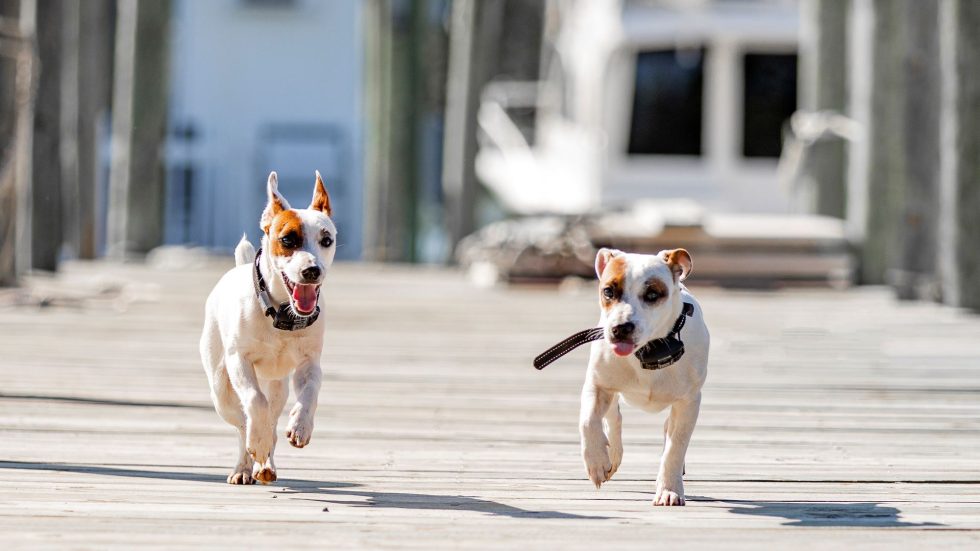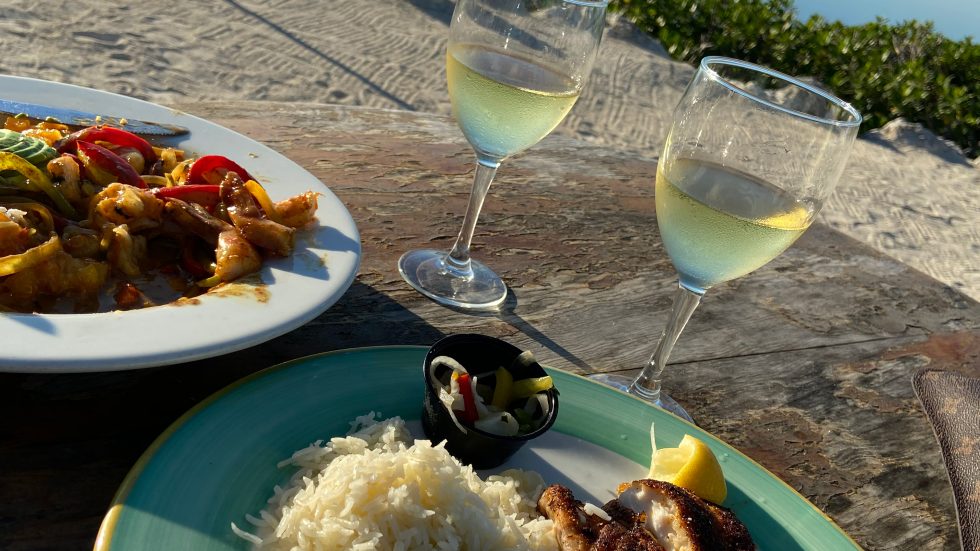One of the first gamefish to get active across Heartland waters each spring is a favorite among anglers from coast and coast and on both sides of the Mason-Dixon Line. Known as the “fish of a thousand names,” whether you call the popular panfish a “white perch,” “calico bass,” “sac au lait,” “papermouth” or “speck,” the crappie is an early season favorite among fishermen for what they offer at the end of a line and on top of a dinner plate: quantity and quality.
Fact is, crappie don’t fight particularly hard, their light strike is non-distinct and across much of its extensive range, even a trophy “slab” size crappie is not going to weigh more than a few pounds. So, why are they among America’s favorite sport fish? I’ve often though that the popularity of the crappie is partially due to the fact that they are the first fish to put on the feedbag early each spring, and therefore the first fish — after what may have been many months — that many fishermen get to enjoy feeling on the end of their line. After a wait like that, reeling in a soggy stick is going to feel pretty good to an avid angler. And on light tackle, crappie give a pretty good representation of themselves…at least early in the fight.
Crappie come in both black and white strains, with the black generally darker and averaging a bit smaller in size than the white crappie. The white tolerates warmer, murkier waters than its cousin and features six spines in the dorsal fin. The black crappie’s range is a bit father north, into Canada, and it sprouts seven or eight spines in the dorsal fin. Both are often caught from the same waters, and both can be fooled by the same baits and fishing methods.
And no method beats a plain minnow suspended beneath a bobber. Once the sum warms the water and crappie start to invade the shallows in anticipation of the early spring spawn, you can anchor a boat near brush, dunk minnows suspended a couple of feet below a bobber, and fill the cooler with fresh crappie without ever moving the boat.
The only problem with catching crappie this time of year is getting your minnow to the fish and back without snagging on the cover they covet: crappie always migrate into sunken brush, fallen trees, flooded willows and other hook-holding structure that can make the fishing a bit frustrating when every other cast results in a snag and a break-off.
That’s one reason it’s a good idea to fish with a thin wire hook when targeting crappie. When snagged, a wire hook will straighten out and pop free before the line breaks when pressure is applied. When that happens, you don’t lose the terminal rig and bobber, and all you have to do is reel everything back in and bend the hook back into shape with pliers. And since crappie are famous for having “soft” mouths from which hooks are easily yanked free — hence the nickname “papermouth” — you can’t horse them in anyway. So, the small-diameter hook is never in danger of straightening during the fight. Also, thinner hooks do less damage to the bait — which should be a live minnow, worm or grub — resulting in lively, more naturally swimming offerings with which to temp the fish.
When crappie move deep later in the spring and summer, the best bait remains a live minnow. However, presenting a bobbered bait suspended at depths beyond six feet or so is tough, because it’s hard to cast a rig with that much line hanging down below the bobber. That’s when you want to use a sliding bobber and a stop or “snubber.” The sliding bobber is threaded onto the line before you tie on the hook and pinch on a lead shot sinker; you can reel the line all the way up against the bobber at the end of your rod and cast. The sinker pulls the free-sliding line through the bobber once it’s landed, stopping where you’ve tied a knot or placed a stop to dangle the bait at the depth you want.
Crappies are also pushovers for small artificial offerings, including lead-headed jigs, which are easy to cast and work in deeper water. You can dress the jig with a minnow or a grub to make it every more tempting. Small spinners and crankbaits are also worth casting to crappies, as are colorful flies that imitate small minnows and nymphs.
Best of all is what crappie fillets taste like when rolled in breading and deep-fried in peanut oil — all the sweeter following a winter of eating frozen fish entrees.




